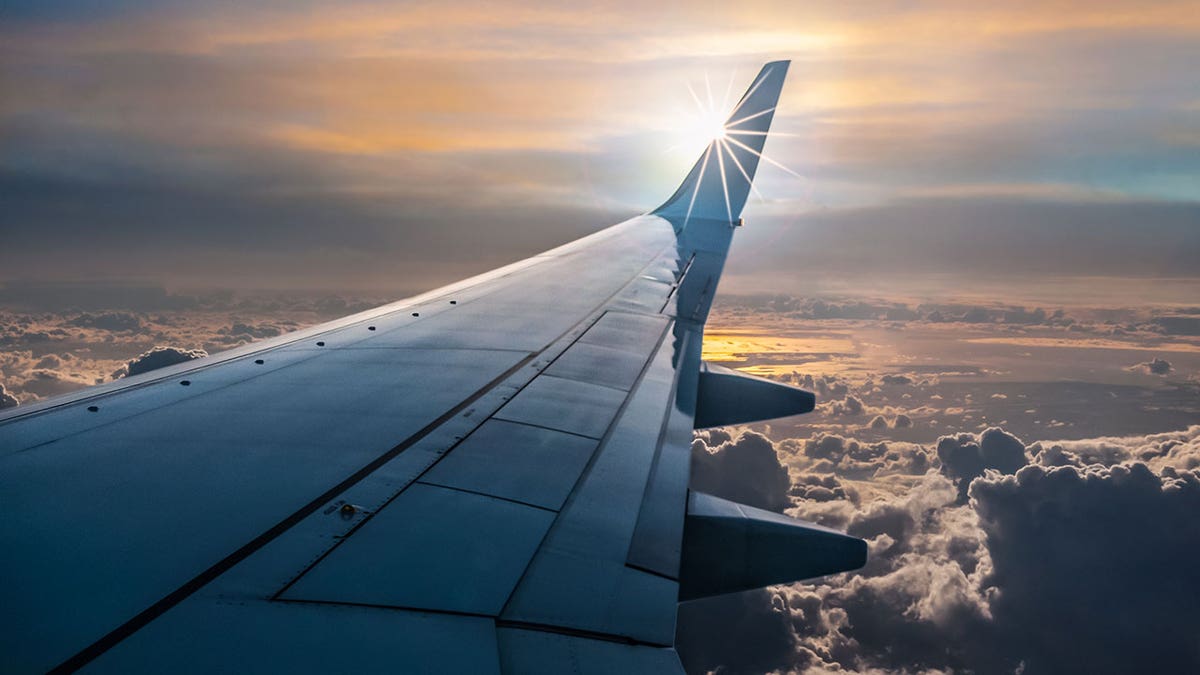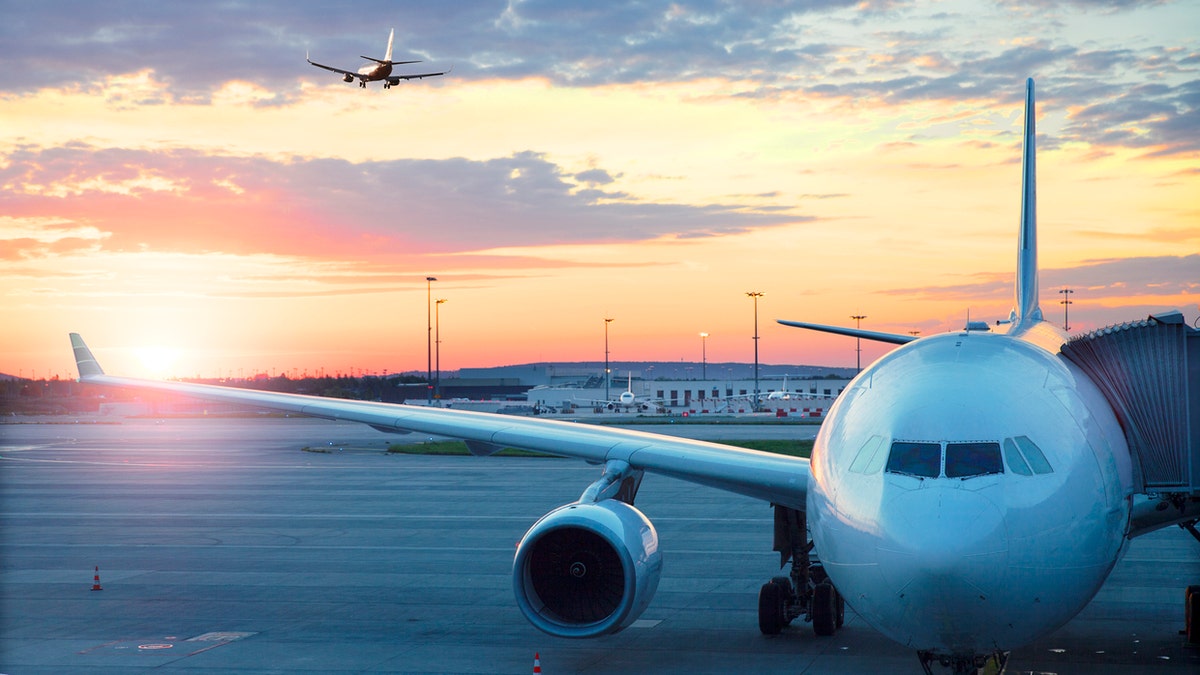
“The indictment alleges that Mugabe engaged in sexual contact with the victim during the flight, knowing that the victim was incapable of declining participation or communicating unwillingness to engage in that sexual contact,” the release states. (iStock)
Don’t panic, but there’s something you should know about the next plane you fly on: Airplane wings actually twist in flight.
While this concept might seem terrifying in theory, it’s actually a good thing that they do. Before engineers figured out a better, twistier wing construction, plane stalling and spinning actually led to many accidents.
The concept of the twisting wing was developed by Dutch engineer Anthony Fokker, who was working for Germany during World War I, after he noticed the loads (or wind force) being applied to fighter jet wings, causing them to break.
Wing twisting, also known as washout, is actually an ingenious piece of aerodynamic design. Basically, wings are subjected to a great deal of force by the wind, and if there’s not some way to balance this force, wings could actually detach from the plane’s body, bend, or cause a spin.
More From Travel + Leisure
- Why Your Airplane’s Wings Will Never Snap Off — Even in Extreme Turbulence (Video)
- Here’s What Happens When You Check Baggage and Don’t Get on the Plane (Video)
- Today Is Your Last Chance to Win a $20 Round-trip Flight on JetBlue
- The Most Exciting New Airline Routes Coming in 2018
- The Real Reason Why There's a Tiny Hole in Airplane Windows
Here’s how it works: The wing’s “root,” or where it attaches to the plane, is mounted at a higher angle than the tip of the wing. So, if you look at a plane from the side, down the wing from tip to root, you might notice that the tip looks a little “flatter” than where it meets the body. It also looks thicker towards the front of the plane.
This is to make sure the wing tip is the last part of the plane to stall, meaning, when the wing loses lift. The wing twist is very important to keeping the plane in flight, especially at low altitudes. In fact, if a plane’s wing root were the same angle as the tip, the wing would simply bend up and down in the wind — which is not exactly what you’d like to see out the window.

Charles De Gaulle , International airport in Paris - Airplane at sunrise. (stellalevi)
Of course, the direction of the twist matters as well. The angle and construction of the wing actually causes the front edge (the thicker edge) of the wing to lift just slightly while keeping the back stable to keep the plane in-flight as well. If it were the other way around, the plane might not be able to fly for very long.
Plane wings, in a way, are constructed not unlike a bird’s feather, with a thick beam running horizontally through them, closer to the front of the wing, and with a similar, thinner beam closer to the back to control twist and bend.
If those beams were directly in the middle, the force of the wind would create too much bending and twisting at the same time, which would also be bad news.
So if you’re ever in the window seat and notice the wing looking a little twisty, don’t fret. The plane is just doing its job.




















